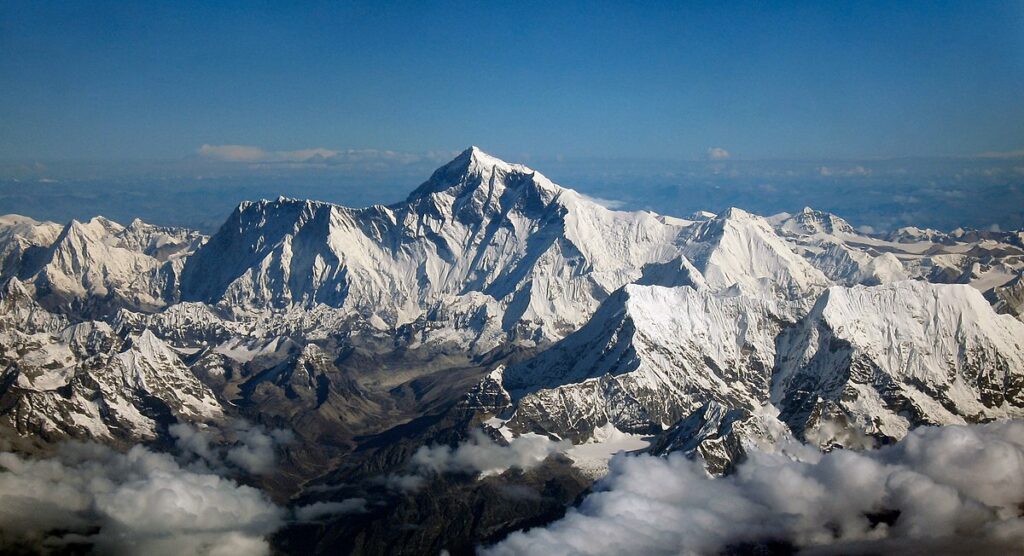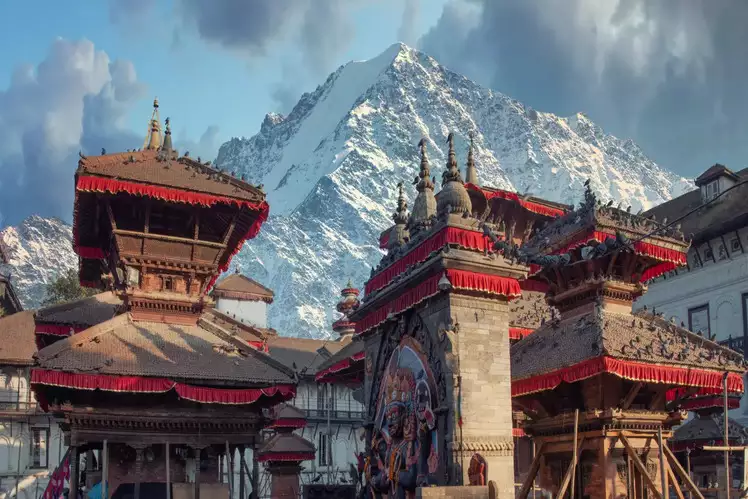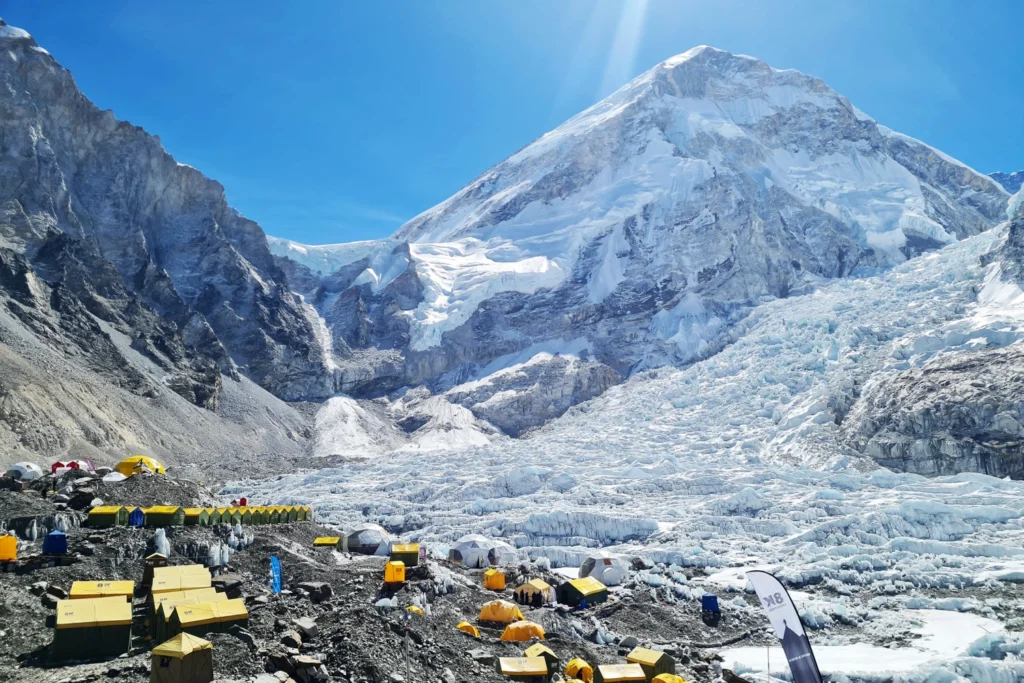Everest Mountain, the world’s tallest peak, stands majestically in the Himalayas. symbolizing the epitome of human exploration and endurance. As an iconic natural wonder, Everest’s physical characteristics, the challenges of climbing it, and the unique flora and fauna that surround it, present a fascinating subject of study and admiration.
The physical characteristics of Mount Everest are nothing short of awe-inspiring. At a staggering height of 29,032 feet (8,848 meters) above sea level, Everest soars into the sky, challenging the limits of human ambition. Located in the Mahalangur Range in the Himalayas, straddling the border between Nepal and Tibet, Everest’s sheer scale and grandeur make it a beacon for adventurers and mountaineers worldwide. The formation of Everest dates back millions of years, arising from the collision of the Indian and Eurasian tectonic plates. This collision led to the uplift of the Himalayan mountain range, with Everest’s geological composition predominantly consisting of metamorphic rocks, granite, and sedimentary layers, showcasing the dynamic forces of nature that shaped this colossal peak.

The history of climbing Mount Everest is rife with tales of triumph and tragedy. Since Sir Edmund Hillary and Tenzing Norgay’s historic ascent in 1953, Everest has enticed countless mountaineers to test their limits against its unforgiving slopes. The challenges faced by climbers are formidable, including extreme weather conditions, high altitude sickness, avalanches, and crevasses that pose constant threats to their safety. Climbers must undergo extensive physical training and acclimatization to prepare for the arduous journey ahead. Additionally, specialized equipment such as crampons, ice axes, oxygen tanks, and protective gear are essential for navigating the treacherous terrain of Everest, underscoring the meticulous planning and preparation required for a successful ascent.

The unique ecosystem surrounding Mount Everest harbors a diverse range of flora and fauna that have adapted to the harsh mountain environment. As climbers ascend Everest, they traverse through distinct vegetation zones, from lush forests at lower altitudes to barren rock and ice at higher elevations. The region is also home to a variety of animal species, including snow leopards, Himalayan tahrs, and musk deer, each embodying the resilience and adaptability needed to survive in this extreme habitat. However, the delicate balance of this ecosystem is increasingly threatened by climate change, with rising temperatures leading to glacial melting, altered precipitation patterns, and shifts in vegetation distribution. The impact of these environmental changes on the flora and fauna around Everest underscores the urgent need for conservation efforts to preserve this unique natural heritage for future generations.

In conclusion, Mount Everest’s towering presence, storied history of exploration, and rich biodiversity make it a captivating subject of study and admiration. As we marvel at the physical grandeur of Everest, reflect on the challenges faced by climbers, and appreciate the fragile ecosystem that surrounds this iconic peak, we are reminded of the profound intersection between human ambition and the enduring power of nature. Everest stands as a testament to the indomitable spirit of exploration and the need for responsible stewardship of our planet’s most precious natural wonders.